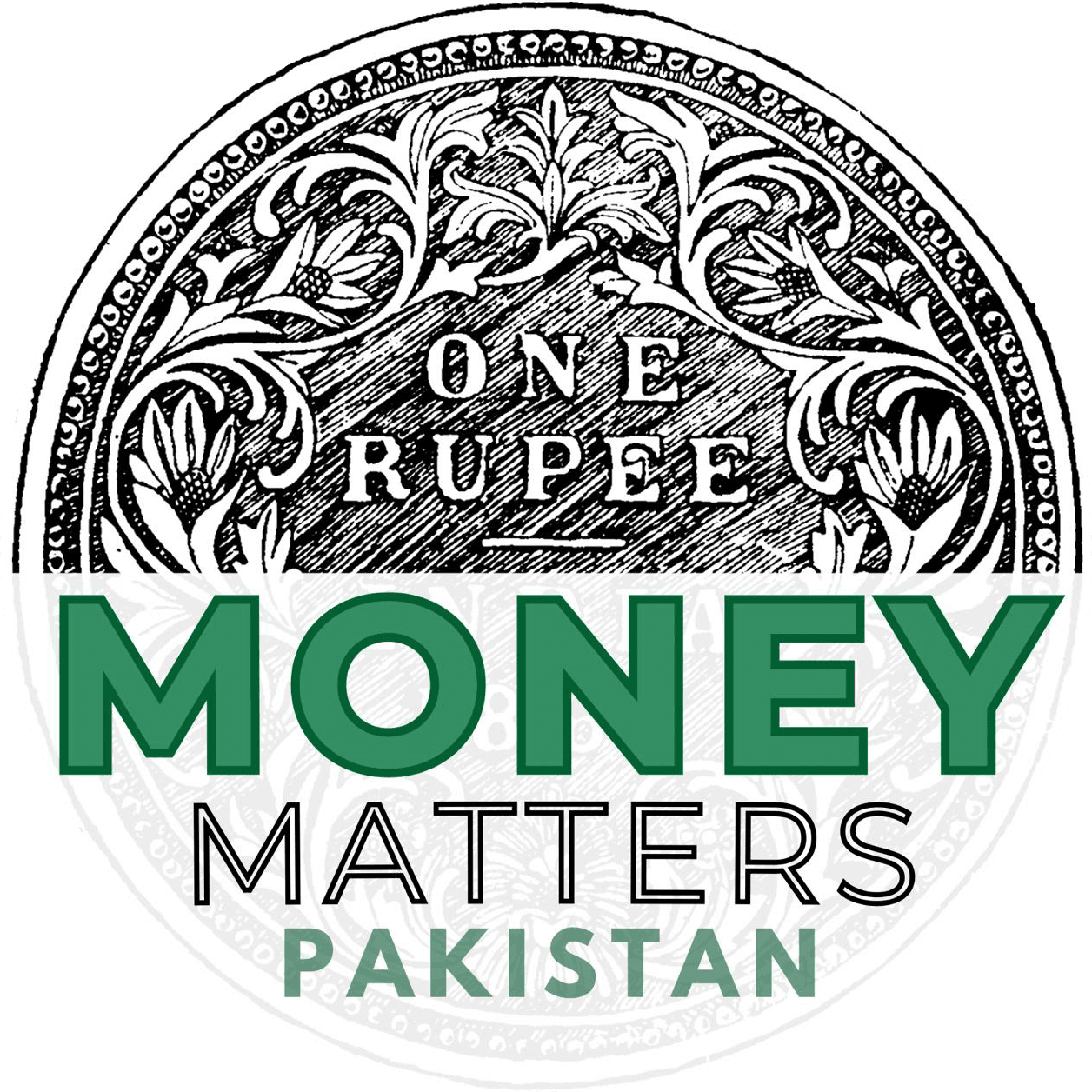Ambitious Five-Year Plan Targets $40 Billion Exports, Tax Breaks for IT and Textiles, and CPEC Industrial Zones
Key Takeaways:
1. Textile and IT Focus: Subsidies, tax breaks, and tech upgrades aim to double textile exports and position Pakistan as a regional IT hub.
2. CPEC Expansion: Gwadar and Rashakai industrial zones to offer 10-year tax-free status for Chinese manufacturers.
3. Trans-Afghan Railway: Strategic trade corridor to Central Asia to diversify export markets beyond traditional partners.
Islamabad, Pakistan – In a sweeping policy address, Pakistan’s Finance Minister outlined a robust export-led growth strategy designed to steer the country out of its chronic fiscal crises, emphasizing sector-specific incentives, regional trade alliances, and drastic tax reforms. The plan aims to elevate annual exports to $40 billion by 2029, up from $31 billion, while reducing the debt-to-GDP ratio from 85% to 70% through enhanced foreign earnings and import substitution.
The minister pledged to revive Pakistan’s textile sector – which contributes over 60% of exports – by reinstating duty drawbacks, offering subsidized energy tariffs for export-oriented units, and providing grants for AI-driven machinery upgrades. Simultaneously, the IT sector will receive 10-year tax holidays for tech parks in Karachi, Lahore, and Islamabad, along with income tax exemptions for freelancers to boost service exports. Agricultural reforms include subsidies for high-yield seeds, drip irrigation systems, and cold storage facilities to reduce post-harvest losses and meet global food safety standards, particularly for rice and fruit exports.
To streamline trade, the government will launch a single-window digital portal for export documentation, slashing clearance times from 72 hours to 12. An Export Credit Guarantee Scheme will protect businesses venturing into high-risk markets like Central Asia and Africa. The minister also highlighted plans to expand the China-Pakistan Economic Corridor (CPEC), prioritizing industrial zones in Gwadar, Rashakai, and Dhabeji to attract Chinese manufacturers relocating from Xinjiang. Additionally, Pakistan aims to finalize the Trans-Afghan Railway agreement with Uzbekistan and Afghanistan by 2026, unlocking access to Central Asian markets for textiles and pharmaceuticals.
Tax reforms form a critical pillar, with the government reducing exporters’ tax rates from 1.25% to 0.5% for manufacturers achieving 15% annual growth, while doubling penalties for tax evaders in real estate and wholesale trade. Acknowledging public frustration over 24% inflation, the minister linked export growth to rupee stabilization and job creation, vowing to generate 2 million jobs by 2027. He cited Bangladesh’s apparel sector and Vietnam’s FDI-driven model as benchmarks, stressing that Pakistan must “leapfrog, not crawl” to avoid recurring IMF bailouts.




